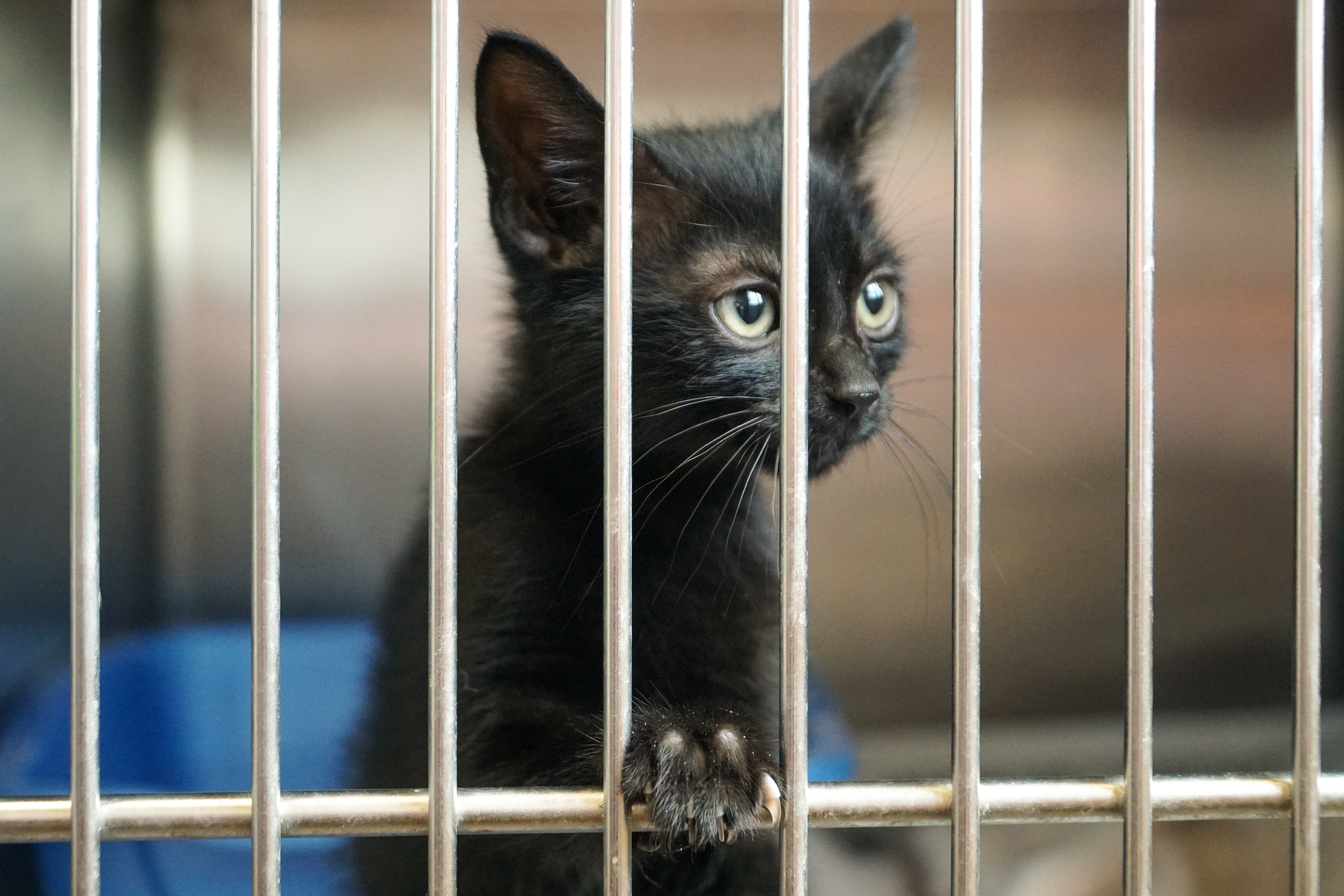If you want to get the most out of your vet appointment, you’ll want to read through this list. Follow these guidelines to form a good working relationship with your vet hospital, and keep the visits low-stress for your cat (and you too!)
DO!
Have a primary vet hospital
Do your research and pick a vet hospital that suits your needs, then have your vet perform annual exams (even if Fluffy isn’t due for vaccines!). Regular exams help catch underlying health problems, and the hospital may be more willing to go above and beyond for a good client. Try to find a vet involved with the Cat Friendly Practice program that will go above and beyond to keep your kitty comfortable. It’s nice to find a hospital with a cat-only waiting room and a cat-only ward if your kitty has to stay for any reason. Some hospitals have cat-specific rooms that help calm kitty with pheromone diffusers and towers to climb.
Before there’s an emergency
Know where the local emergency clinics are, and have their phone number on hand. If you find your cat in a desperate situation (or something happens when your vet is closed), hop in the car and have your copilot call the hospital. If you choose to go to your local vet, be sure to call ahead and make sure they have the staff and supplies to handle your emergency.
When scheduling your appointment…
Make sure that you mention a brief description of any concerns you may have, even if your primary reason for scheduling is vaccines. If you have concerns, the receptionist should reserve more time for the vet to address those problems. This allows the vet to take her time with your pet, and helps avoid a nasty wait for the next pet!
The day of the appointment
For a first appointment, bring all of kitty’s previous health records. Make sure you have the rabies certificate: the certificate is necessary to have the next vaccine valid for three years rather than one (in New York state and states with similar laws). At all appointments you should bring a list of Fluffy’s medications (with concentration and frequency administered) , including flea medication. You should also collect a fecal sample on the day of your appointment, if possible. The vet may not use it, but it’s best to come prepared.
The carrier, car ride, and arrival time
Place your cat in a large carrier with an door on the top, if possible. Warm or cool the car to a comfortable temperature, then gently carry the carrier and place it securely in the car. Keep noise at a minimum to protect kitty’s sensitive ears. Always arrive at the hospital 5-10 minutes early. To be early is to be on time, to be on time is to be late, and to be late is unacceptable!
Get it all done at once
If the vet is taking your cat out back, make sure that you request any additional procedures prior to that. It will save time if you ask for any extras (nail trims, ear cleans, testing, etc) prior to the doctor taking your cat, rather than the doctor having to go back and forth for each task.
Paying for the vet
You are expected to pay in full at the time of service. Make a saving’s account and reserve it for pet expenses. As a single emergency can cost thousands, it would be good to aim for holding a balance of $5,000. Applying for CareCredit is a good option if you need time to pay a bill, but keep in mind that only select hospitals will accept it for payment.
Don’t
Don’t bring children!
While there are some extenuating circumstances that require you to have your children come along to the vet, try to avoid bringing kids until they don’t require your constant attention. Owners often spend more time trying to control their child than communicating to the vet, and it’s difficult for the vet to give you their best when they’re constantly being interrupted by kids. In addition, children tend to touch things and then place their hands near or in their mouth: this could lead to becoming infected with disease or parasites!
Don’t stop the vet from bringing your cat “out back”!
While you may feel that your pets are going to the knacker when going “out back” for an exam or treatment, it’s often for your pet’s benefit or the safety of you and the staff. A cat will not have the chance to react to his owner’s emotions out back, and it will offer the assistants more room to work with them. You may argue that your cat is better in your presence, but most owners that claim this are actually causing the cat stress! This leads to our next point…
Don’t deny an assistant from handling your cat , and don’t smother Fluffy!
Again, your cat is feeding off your emotions. Many owners think that they are offering their cat support when they’re causing their pet undue stress! Some owners won’t take their hands of the animal, while others go so far to squeeze them or latch on to their neck (yes, this actually happens). If a doctor brings an assistant to handle the cat, let them handle the cat. It is their job to handle stressed and fractious animals, and experienced handlers are quite good at it. It makes the situation safer and less stressful for everyone!
Don’t argue prices!
If a vet just wanted your money, they would have become a human doctor! Vets chose their career because they love to help animals. While they would love to live in a world where they could treat every pet in need without charge, it’s not realistic on this Earth and they’d end up homeless. Vet school is extremely expensive, and many vets struggle to pay for their degree even in their 40’s and 50’s! You wouldn’t ask your mechanic to give you a free engine repair, so don’t ask your vet to work for free!













